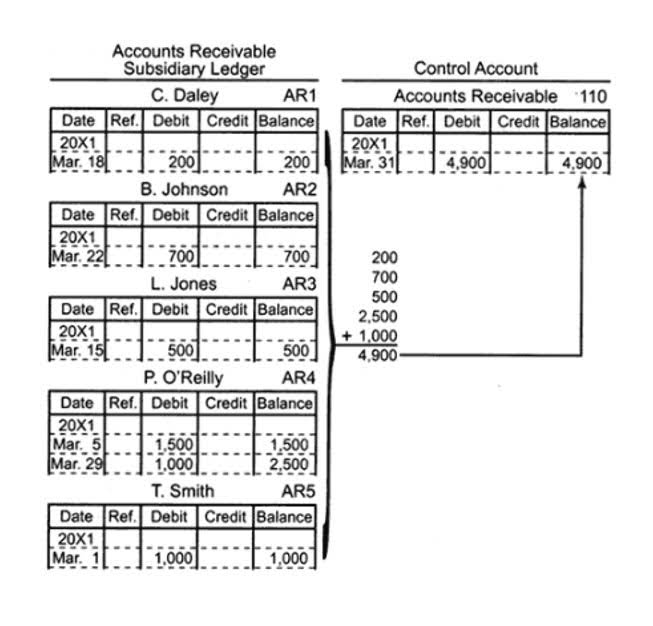
Revenue and costs related to unfinished goods are accrued based on the percentage of completion estimates. This accrual accounting matches revenues with expenses as both are accrued together for WIP, better reflecting ongoing business activities. Under the POC method, revenue is recognized as work progresses and can be calculated by multiplying the total estimated revenue by the percentage of completion. This approach ensures that revenue is matched with the corresponding expenses and provides a more realistic view of the financial performance of a construction project. The first step in construction in progress accounting is to record all expenses related to the construction project. This includes the cost of materials, labor, equipment, and any overhead expenses.

CIP, which stands for Capitalized in Progress, is one such term that plays a crucial role in financial reporting. Whether you are a student, a business owner, or a finance professional, understanding the meaning and implications cip accounting of CIP is essential. An accountancy term, construction in progress (CIP) asset or capital work in progress entry records the cost of construction work, which is not yet completed (typically, applied to capital budget items).
How do you account for a project under construction?
Ongoing cost monitoring and control are essential to ensure projects stay within budget, leveraging accounts payable tracking to manage cash flow. In the balance sheet, CIP accounts are typically classified as current assets or non-current assets, depending on the expected time of completion. This classification ensures that the value of ongoing construction projects is recognized, providing a comprehensive overview of the company’s financial position. The purpose of CIP accounting is to provide transparency into the financial performance of ongoing construction projects. Accurate billing and revenue recognition play a vital role in the financial management of construction projects.
By following these principles and best practices, construction companies can improve their financial management, enhance project profitability, and ensure the successful completion of construction projects. In conclusion, construction-in-progress accounting is essential for effective construction financial management. With the integration of technology and the use of construction accounting software solutions, construction companies can optimize their financial processes and drive success in today’s competitive construction industry. In the construction industry, effectively managing and tracking project costs is vital for the financial management of any construction job. Construction in progress accounting, also known as construction work-in-progress accounting, provides a specialized method to monitor and control these costs. The construction in progress accounting process covers the entire construction project lifecycle, from inception to completion.
How To record CIP in accounting
It is to ensure the same proportion of expense is recorded and it will comply with the matching principle as well. The company will not be able to over or under-record the expense on income statement. Construction Work-in-Progress is a noncurrent asset account in which the costs of constructing long-term, fixed assets are recorded. The account Construction Work-in-Progress will have a debit balance and will be reported on the balance sheet as part of a company’s noncurrent or long-term asset section entitled Property, plant and equipment. Construction in progress is shown as a long-term asset on the balance sheet under the property, plant, and equipment section. CIP is not depreciated until the asset is placed into service upon completion, at which point it is reclassified to the appropriate fixed asset account.
On the other hand, construction in progress refers to the costs incurred during the construction phase of a project before its completion. However, businesses must carefully evaluate the advantages and disadvantages of using CIP and ensure compliance with accounting standards and principles. This section provides detailed insights into the procedures and protocols involved in construction in progress accounting.
Factors Impacting Accounting Method Selection
This is because recognizing profit would give a misleading picture of the contract’s true financial status. Instead, contract revenue should only be recognized to the extent that contract costs are expected to be recoverable. This approach may not always result in the highest reported profits in the short term, but it should give a more accurate picture of a contract’s true financial position over time. However, these costs should be offset by the revenue generated from the contract. Ultimately, including all potential sources of revenue will give you the best chance of accurately predicting the financial outcome of your construction project.
NEWS: FinCEN ruling on CDD for designated beneficiaries of Individual Retirement Accounts – AML Intelligence
NEWS: FinCEN ruling on CDD for designated beneficiaries of Individual Retirement Accounts.
Posted: Fri, 15 Mar 2024 07:00:00 GMT [source]
The IAS 11 construction contract is a comprehensive document dictating the complete accounting for construction in progress. A construction contract is a specific contract negotiated to build a fixed asset or group of interrelated assets. The other side of the transaction will impact the cash or accounts payable balance. It will depend on the nature of purchase that which company has with the suppliers. Construction in progress refers to all the costs that company spends to build the non-current assets but not yet completed.